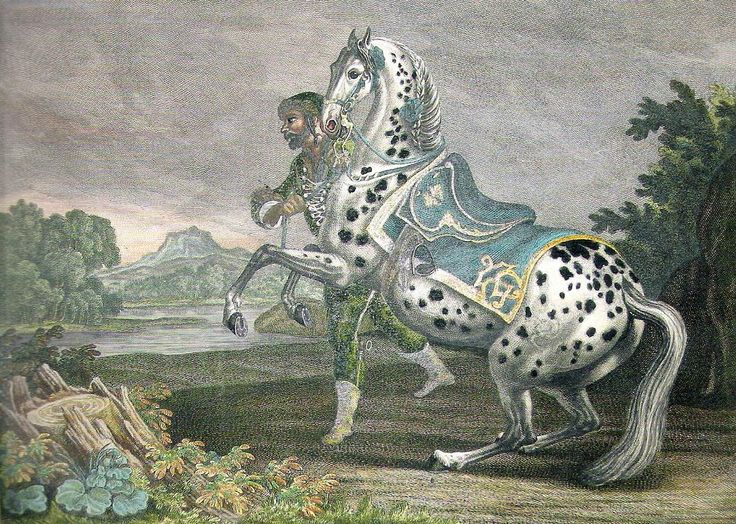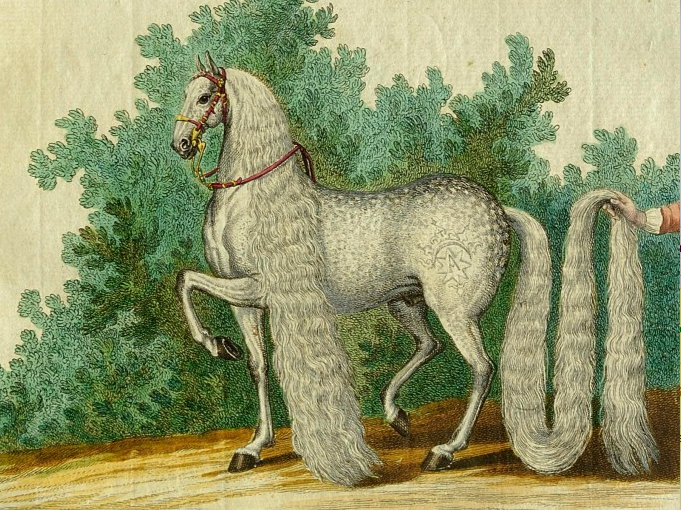
[John Richard Young was an influential American horseman through much of the 20th century. He published numerous instructional books that were considered bibles in American equestrian literature and intentionally crossed all disciplines in their scope. Young had a classical approach to equitation and even developed western saddles with a correct classical position as opposed to the “chair seat” of the typical designs. The following excerpt comes from pages 324-325 in his out-of-print book “The Schooling of the Horse”, published by the University of Oklahoma Press, 1982. Image scanned from page 193.]
Head position is a result of collection; not the cause of it. A horse that is truly collected is relaxed and supple from jaw to croup; he must be, for the slightest stiffness anywhere destroys collection–and I don’t mean the full collection of a school horse; I mean any slightest degree of true collection, such as we should expect in a trail horse or a stock horse when the rider demands it.




